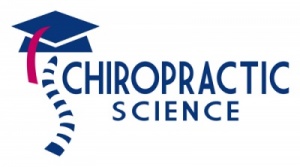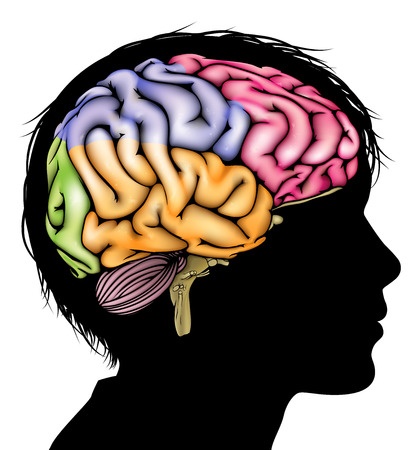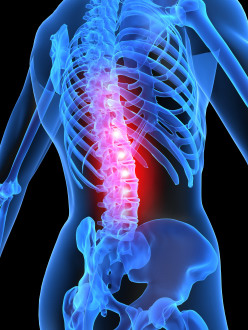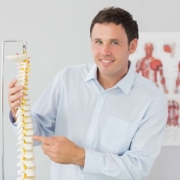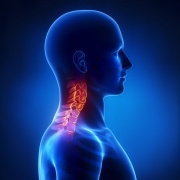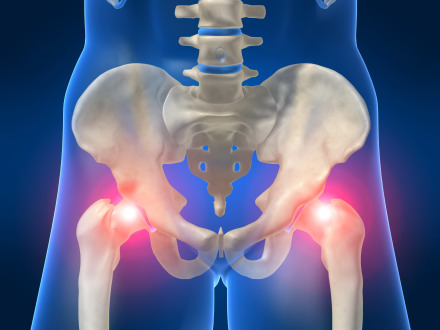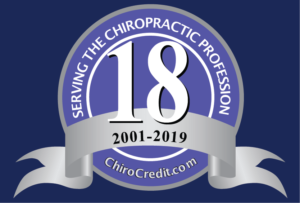Brain Activity Following Chiropractic Manipulation
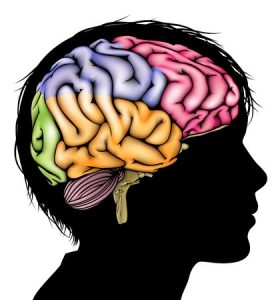 Research on chiropractic spinal manipulation (CSM) has been conducted extensively worldwide, and its efficacy on musculoskeletal symptoms has been well documented. Previous studies have documented potential relationships between spinal dysfunction and the autonomic nervous system and that chiropractic treatment affects the autonomic nervous system. The authors of this study hypothesized that CSM might induce metabolic changes in brain regions associated with autonomic nervous system functions as assessed with positron emission tomography (PET). Positron emission tomography is a nuclear medicine imaging technique that allows quantification of cellular and molecular processes in humans such as cerebral glucose metabolism which is thought to reflect regional neuronal activities.
Research on chiropractic spinal manipulation (CSM) has been conducted extensively worldwide, and its efficacy on musculoskeletal symptoms has been well documented. Previous studies have documented potential relationships between spinal dysfunction and the autonomic nervous system and that chiropractic treatment affects the autonomic nervous system. The authors of this study hypothesized that CSM might induce metabolic changes in brain regions associated with autonomic nervous system functions as assessed with positron emission tomography (PET). Positron emission tomography is a nuclear medicine imaging technique that allows quantification of cellular and molecular processes in humans such as cerebral glucose metabolism which is thought to reflect regional neuronal activities.
Participants were men between the ages of 20-40 who had neck pain and shoulder stiffness.
A crossover study design was used such that subjects served as their own controls to compare their resting brain activity to their brain activity following chiropractic manipulation. Half of the participants completed the control condition first while the other half completed the chiropractic condition first. The participants came back sometime between 1 and 6 weeks later to complete their remainder condition. Chiropractic consisted of a single Activator Methods assessment and treatment session by a chiropractor lasting 20 minutes. The control condition consisted of 20 minutes of rest. Immediately after each condition, 18F-labeled fluorodeoxyglucose (FDG) was injected. FDG is an excellent imaging marker of brain metabolism (glucose consumption). PET scanning followed administration of FDG.
Additional outcome measures included pain (VAS), Stress Response Scale (SRS-18) and European Organization for Research and Treatment of Cancer Quality of Life Questionnaire-Core 30 (EORTC QLQ-C30), trapezius muscle tone, and salivary amylase.
Results of the PET image analysis showed statistically significant changes in regional cerebral metabolism between rest and treatment conditions. With chiropractic treatment, increased glucose metabolism was observed in the inferior prefrontal cortex, anterior cingulate cortex, middle temporal gyrus; decreased glucose metabolism was observed in the cerebellar vermis and visual association cortex. Reduced metabolism in the cerebellar vermis may be related to reductions is pain, mental stress, muscle tone and sympathetic tone. Activation of the anterior cingulated cortex and inferior prefrontal cortex may arise from sympathetic relaxation.
The mean SRS-18 and EORTC QLQ-C30 scores were significantly lower in the treatment condition indicating improved stress response and improved quality of life. Mean VAS pain score comparison was significantly improved with treatment. Additionally, measurement of trapezius muscle tone and salivary amylase showed significant reduction with chiropractic suggesting improved sympathetic relaxation.
